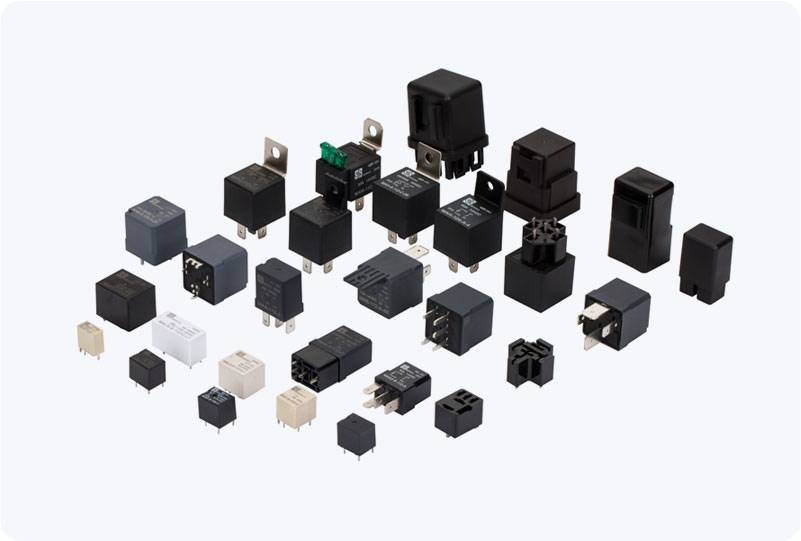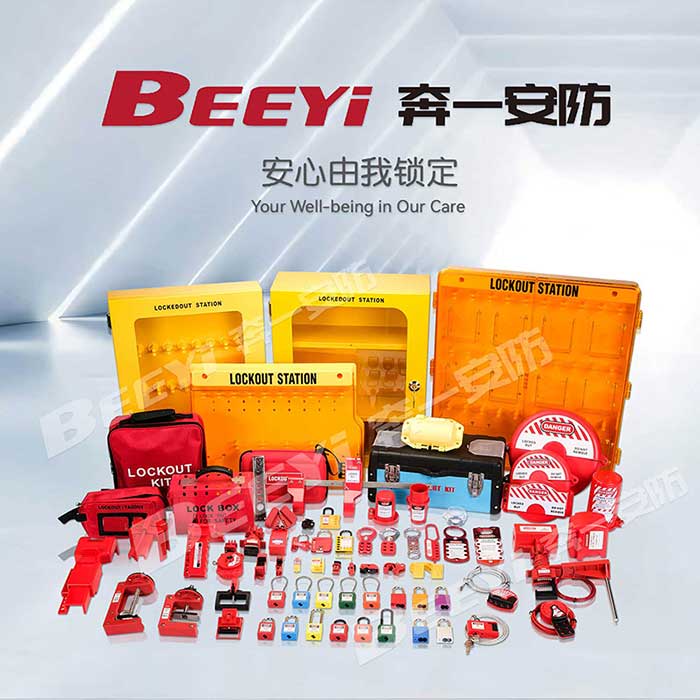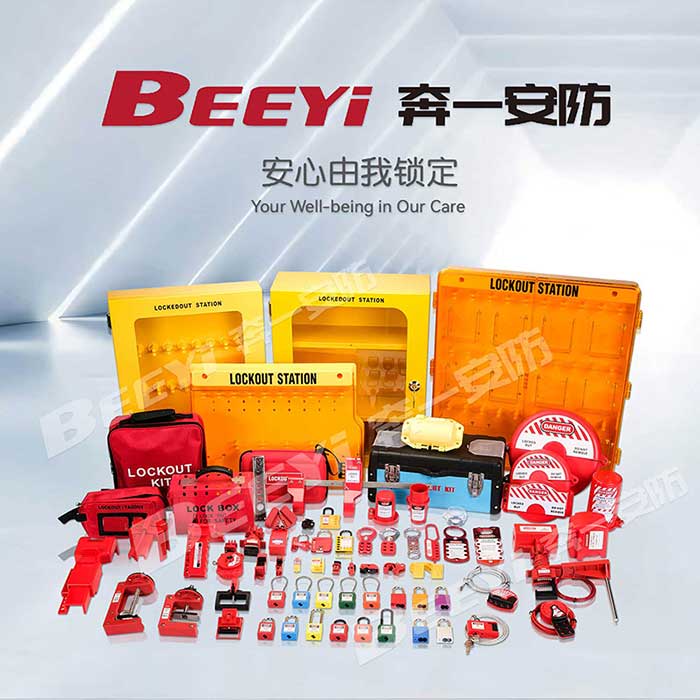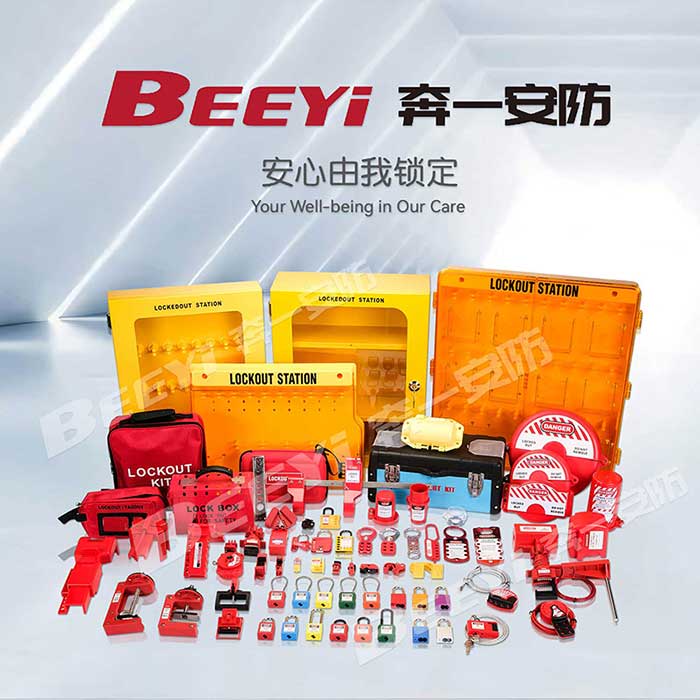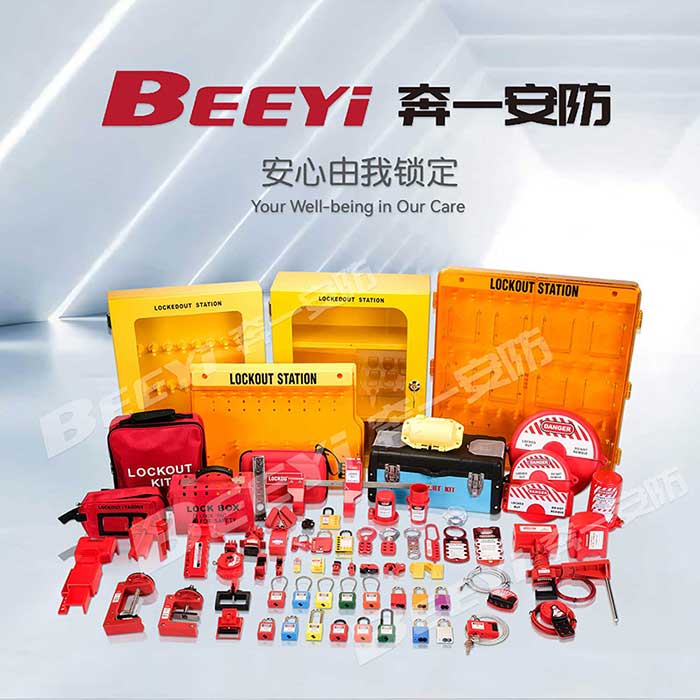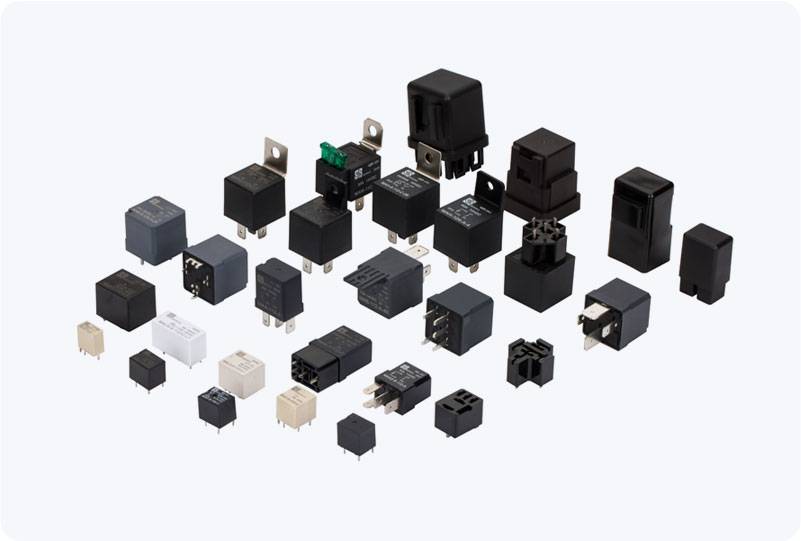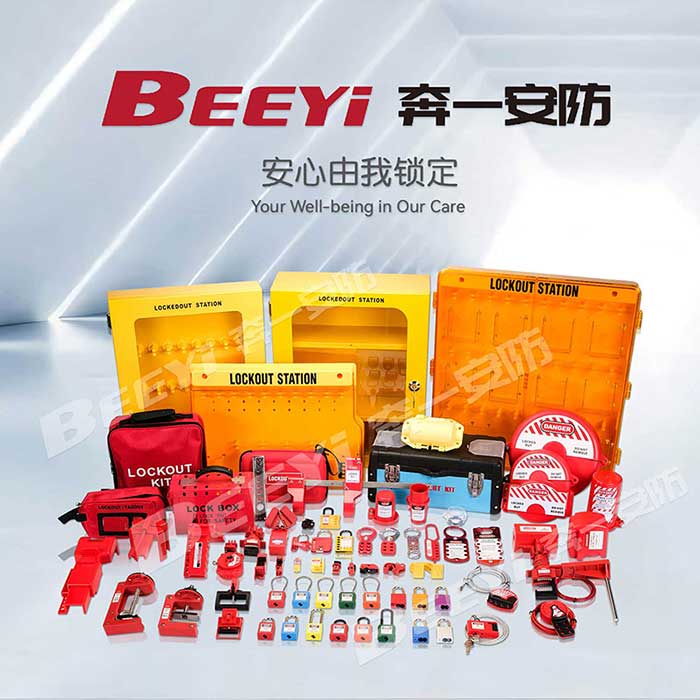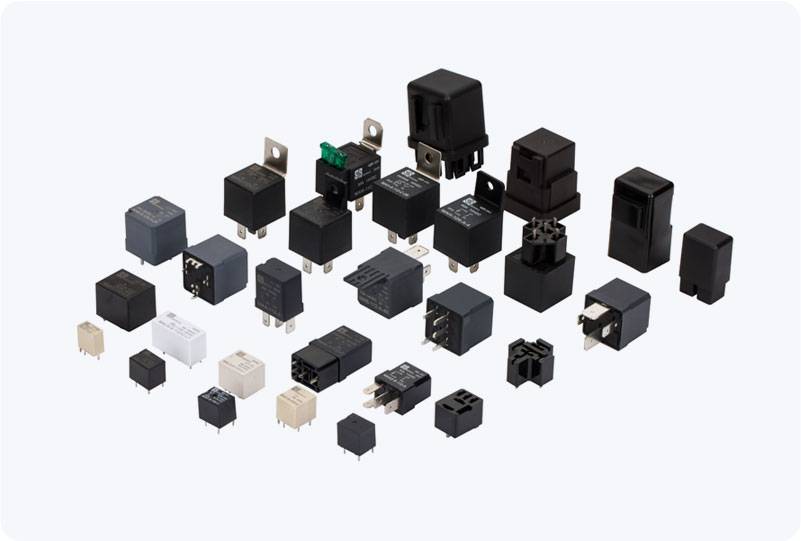Home automation is rapidly becoming an essential part of modern living, offering convenience, energy efficiency, and enhanced control over various household devices. Among the tools that make this possible, the Shelly Smart Relay stands out as a versatile and reliable device that can significantly improve the functionality of traditional electrical systems. In this article, we will explore what the Shelly Smart Relay is, its features, benefits, and how it can enhance your smart home setup.
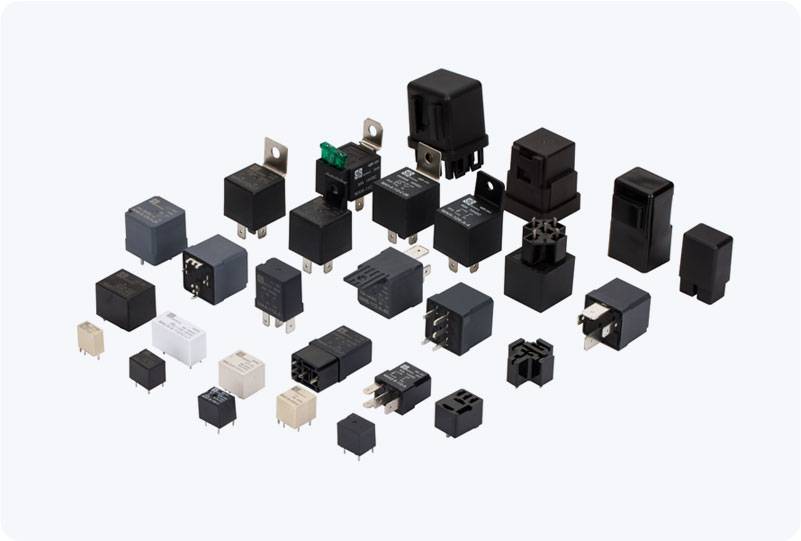
What is Shelly Smart Relay? The Shelly Smart Relay is a compact, Wi-Fi-enabled relay that allows you to control electrical devices remotely using your smartphone or a smart home platform. It is part of the Shelly family of smart home products, known for their easy integration into existing electrical setups. Unlike other smart plugs or bulbs, the Shelly Smart Relay works directly with the existing wiring in your home, making it an ideal choice for those looking to integrate smart control into their traditional devices. Shelly offers various models of smart relays, such as Shelly 1 and Shelly 2.5, which are designed to work with different kinds of devices, from lights and fans to electric heaters and gates.
